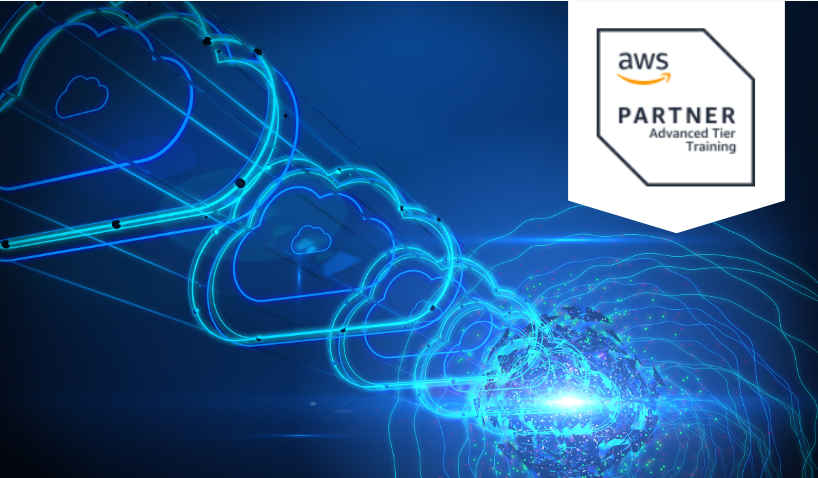Day 1
Module 1: Reviewing Architecting Concepts
Group Exercise: Review Architecting on AWS core best practices
Hands-On Lab: Securing Amazon S3 VPC Endpoint Communications
Module 2: Single to Multiple Accounts
AWS Organizations for multi-account access and permissions
AWS SSO to simplify access and authentication across AWS accounts and third-party services
AWS Control Tower
Permissions, access, and authentication
Module 3: Hybrid Connectivity
AWS Client VPN authentication and control
AWS Site-to-Site VPN
AWS Direct Connect for hybrid public and private connections
Increasing bandwidth and reducing cost
Basic, high, and maximum resiliency
Amazon Route 53 Resolver DNS resolution
Module 4: Specialized Infrastructure
AWS Storage Gateway solutions
On-demand VMware Cloud on AWS
Extending cloud infrastructure services with AWS Outposts
AWS Local Zones for latency-sensitive workloads
Your 5G network with and without AWS Wavelength
Module 5: Connecting Networks
Simplifying private subnet connections
VPC isolation with a shared services VPC
Transit Gateway Network Manager and VPC Reachability Analyzer
AWS Resource Access Manager
AWS PrivateLink and endpoint services
Hands-On Lab: Configuring Transit Gateways
Day 2
Module 6: Containers
Container solutions compared to virtual machines
Docker benefits, components, solutions architecture, and versioning
Container hosting on AWS to reduce cost
Managed container services: Amazon Elastic Container Service (Amazon ECS) and Amazon Elastic Kubernetes Service (Amazon EKS)
AWS Fargate
Hands-On Lab: Deploying an Application with Amazon EKS on Fargate
Module 7: Continuous Integration/Continuous Delivery (CI/CD)
CI/CD solutions and impact
CI/CD automation with AWS CodePipeline
Deployment models
AWS CloudFormation StackSets to improve deployment management
Module 8: High Availability and DDoS Protection
Common DDoS attacks layers
AWS WAF
AWS WAF web access control lists (ACLs), real-time metrics, logs, and security automation
AWS Shield Advanced services and AWS DDoS Response Team (DRT) services
AWS Network Firewall and AWS Firewall Manager to protect accounts at scale
Module 9: Securing Data
What cryptography is, why you would use it, and how to use it
AWS KMS
AWS CloudHSM architecture
FIPS 140-2 Level 2 and Level 3 encryption
Secrets Manager
Module 10: Large-Scale Data Stores
Amazon S3 data storage management including storage class, inventory, metrics, and policies
Data lake vs. data warehouse: Differences, benefits, and examples
AWS Lake Formation solutions, security, and control
Hands-On Lab: Setting Up a Data Lake with Lake Formation
Day 3
Module 11: Large-Scale Applications
What edge services are and why you would use them
Improve performance and mitigate risk with Amazon CloudFront
Lambda@Edge
AWS Global Accelerator: IP addresses, intelligent traffic distribution, and health checks
Hands-On Lab: Migrating an On-Premises NFS Share Using AWS DataSync and Storage Gateway
Module 12: Optimizing Cost
On-premises and cloud acquisition/deprecation cycles
Cloud cost management tools including reporting, control, and tagging
Examples and analysis of the five pillars of cost optimization
Module 13: Migrating Workloads
Business drivers and the process for migration
Successful customer practices
The 7 Rs to migrate and modernize
Migration tools and services from AWS
Migrating databases and large data stores
AWS Schema Conversion Tool (AWS SCT)
Module 14: Review Projects
Use the Online Course Supplement (OCS) to review use cases, investigate data, and answer architecting design questions about Transit Gateway, hybrid connectivity, migration, and cost optimization
Day 4
AWS Jam
Participate in team based challenges in a real AWS environment
Compete with your colleagues in a gamified, hands-on learning experience
Apply your learning from the course on various AWS services


